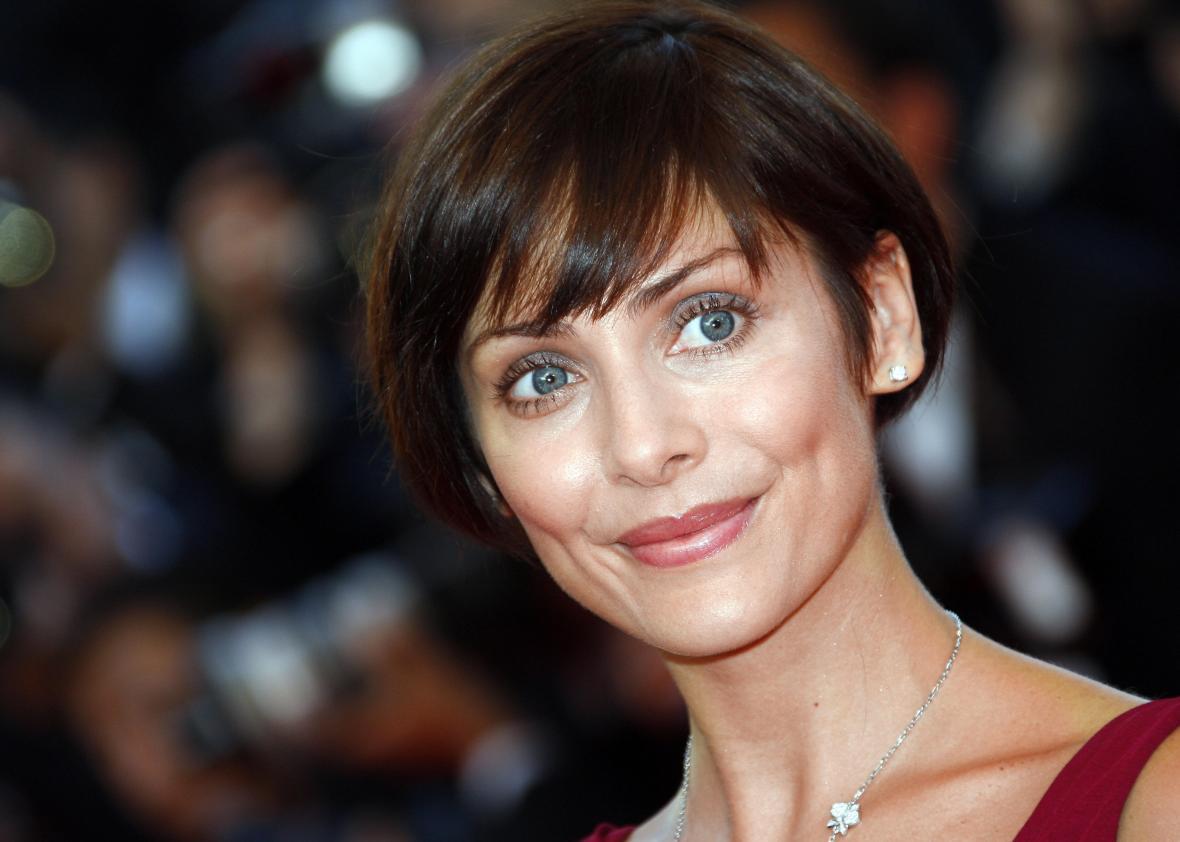It’s a thirst-for or be-thirsted-for world out there in journalism, if you believe Giles Coren. On Wednesday, the reporter for British Vogue committed a sex-joke-tweet-and-delete: “In the new Vogue I suck up to Bond girl Lea Seydoux by saying Bond is sexist, while quietly hoping she might shag me,” he wrote, before thinking better of his remark. Coren later explained that “passive hope that a film star and fashion model will take the initiative” isn’t “demeaning or reductive.” Coren claims he was poking fun at male feminists-in-name-only. But, he wondered elsewhere, “Doesn’t everyone quietly hope to shag everyone?”
Such is the profile writer’s dilemma. How do you draw out a reluctant subject without projecting a kind and interested demeanor, which could scan as flirtatious? How do you remember your subject’s career timeline when your brain is starved of its blood supply? Later, how do you decipher your interview recording when it’s overlaid with incessant heavy breathing?
Pop culture offers conflicting answers. Movies and TV shows from House of Cards to Trainwreck are lousy with woman reporters who sleep with their subjects and sources, either as a lapse in ethical-sexual judgment or a bona fide reporting strategy. (The male journalists don’t seem to have caught on to the tactic, although bromances à la The End of the Tour can give them plenty of material.)
But in a real-life interview, a journalist’s focused attention, probing eye contact, and affable manner can drift uncomfortably close to something more seductive. “I would never go in for a thigh-touch or wear something low-cut or drop casual references to the fact that you’re single, but you want sources to like and trust and want to talk to you,” says journalist Ann Friedman. Serial’s Sarah Koenig has said she cringes when she listens to her interviews with Adnan Syed, because all the chummy laughter sounds like flirting. Some Brits have chided bubbly Good Morning Britain anchor Susanna Reid for flirtatious interviews with the likes of David Beckham and David Cameron, though Reid’s behavior seems in line with the American morning-show schtick of Kelly Ripa or the ever-lusty Hoda Kotb and Kathie Lee Gifford.
Some writers have mined the fraught power dynamic for story angles. In 2011, GQ published cover stories by two women who submitted themselves to tipsy sleepovers with America’s every-hunks, Channing Tatum and Chris Evans. In the former, Jessica Pressler reports that Tatum’s wife called his desert slumber party with the reporter “kind of weird.” Edith Zimmerman opens the latter with an anecdote about appearing in the New York Daily News as Evans’ projected new lover. She spends most of the piece wondering if his flirtatious advances are genuine—after all, he’s a celebrity with a movie to promote. “It was hard for me not to treat our interview as a sort of date,” she writes, and waxes on about Evans’ “frequent hand holding and lower-back touching, palm kissing and knee squeezing.” Both writers close with a self-referential note about what their subjects hoped they’d write.
The diary of a simpering fan-as-celebrity profile is a somewhat ickier read when the writer is a man who’s making all the first moves. Poor Natalie Imbruglia was subjected to an entire faux “first date” with Noisey reporter Dan Ozzi for the sake of her new album’s press rounds in August. “As you’ve probably heard from every man my age, I had, and still have, the most enormous crush on you,” the writer tells her at the start of the interview. His internal monologue oozes sexual fascination: “I am thoroughly smitten. The Natalie Imbruglia I fell in love with on MTV is the same Natalie Imbruglia sitting across from me. She is authentic and genuine, as vulnerable as she was in that hoodie, only now more confident, more comfortable in her skin.” The “date” ends with a stint in a photo booth. “Dan, was this all just a trick to get me to sit on your lap?” Imbruglia asks. Joking, of course.
When you’re a celebrity making the interview rounds, you have some measure of power. Maybe you smile and nod along with the reporter. Maybe you label some topics—your kids, your lovers—off-limits. Maybe the writer’s an attractive young woman who has “the biggest crush” on you, so you kiss her hand and let her crash at your place. Maybe, like Nicki Minaj, you kick her out when she asks an obnoxious question.
But when the reporter sits down to write the thing, the narrative falls under his control, and the power balance swings his way. If he wants to employ that power by taking to Twitter when the interview publishes to make a cavalier quip about shagging his subject, that’s his prerogative. And when that becomes the only thing anyone reads or remembers about his cover story, he has only himself to blame.
Correction, Oct. 9, 2015: This article originally stated that Giles Coren writes for Vogue. He writes for British Vogue.
